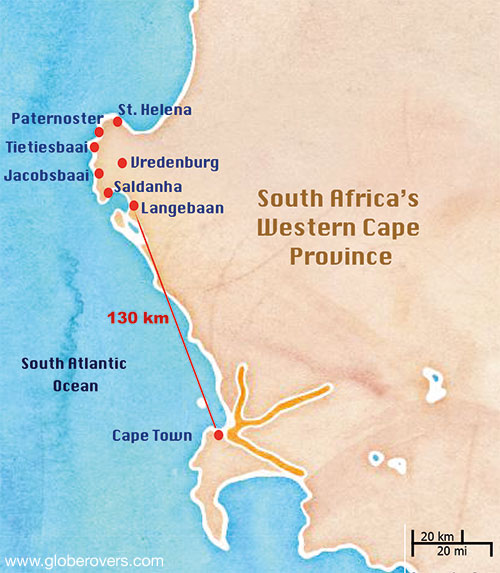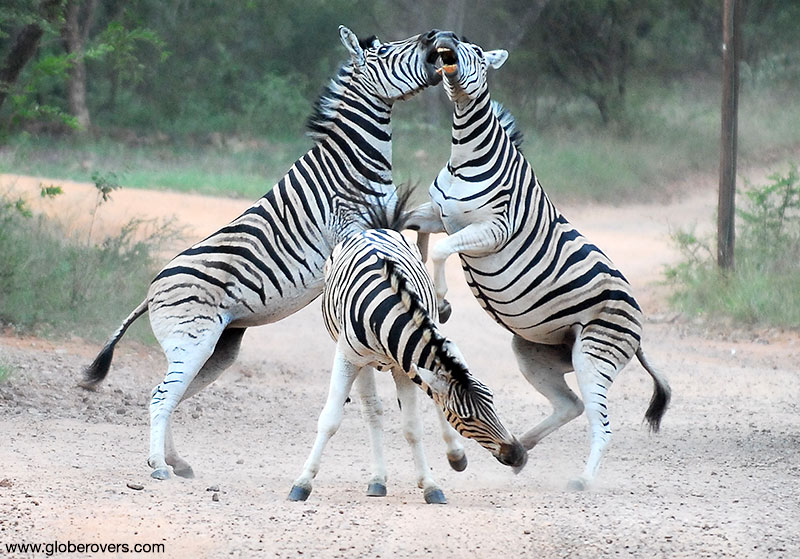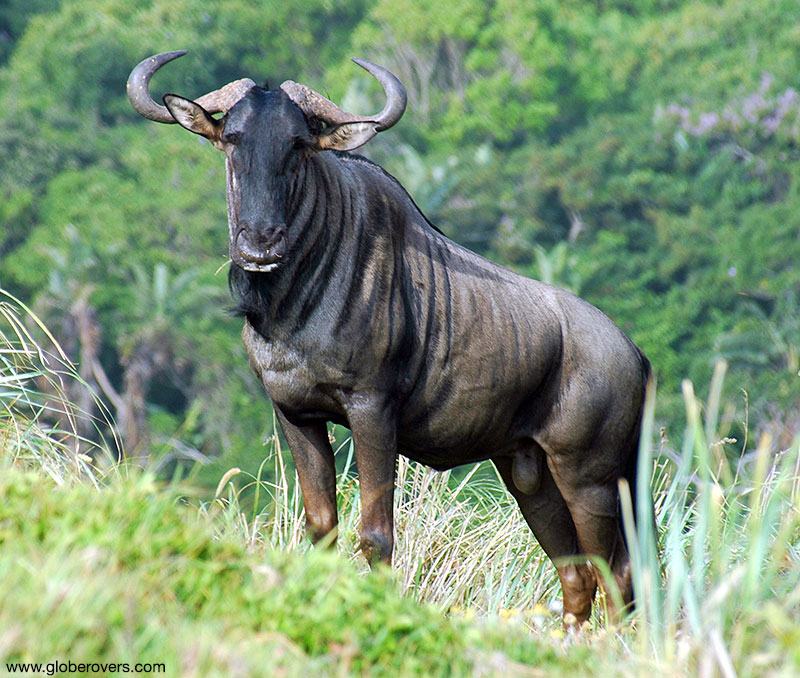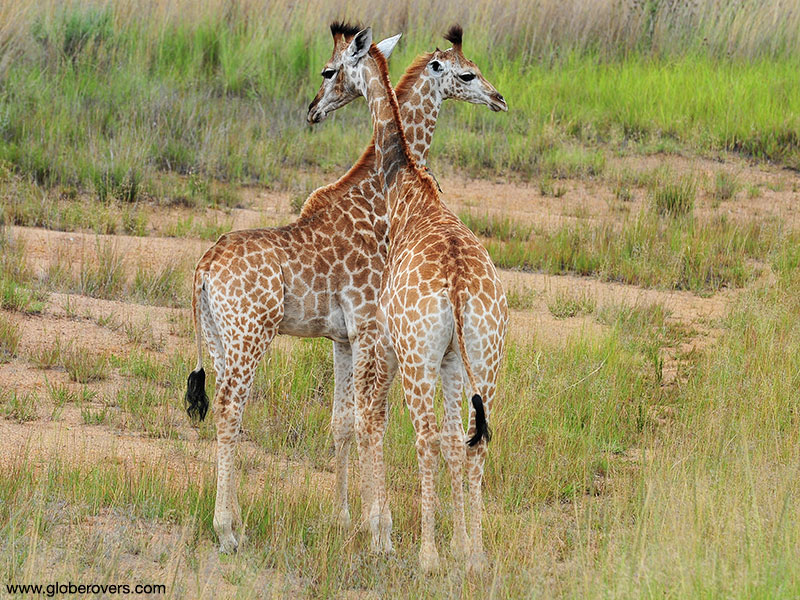
Written by Janet-Lynn Vorster
Photos by GlobeRovers
The West Coast Peninsula is an area that juts out into the Atlantic Ocean, roughly 130 km from Cape Town. We visit the coastal towns: Jacobsbaai, Langebaan, Paternoster, Tietiesbaai, Saldanha Bay, and St Helena Bay, driving via Vredenburg, which lies in the centre of the peninsula.
Before leaving Cape Town, book a few nights at Bliss Boutique Hotel at Sunset Beach, Cape Town, near Blouberg Strand. This small hotel has direct access to the beach, and Jayson and his staff will take good care of you. Their meals are top class.
Close to the West Coast Peninsula, I have identified three options for visiting game- and national parks.
The West Coast National Park borders the lagoon at Langebaan, and can be accessed from the R27, or from the Langebaan side. Apart from seeing many of the birds and the fynbos that the area is known for, you will also find eland, red hartebeest, Cape grysbok, caracal and rock hyrax.
Also close to Langebaan is the Buffelsfontein Game and Nature Reserve, where you can see some of Africa’s greats such as lion, buffalo, white rhino and giraffe.
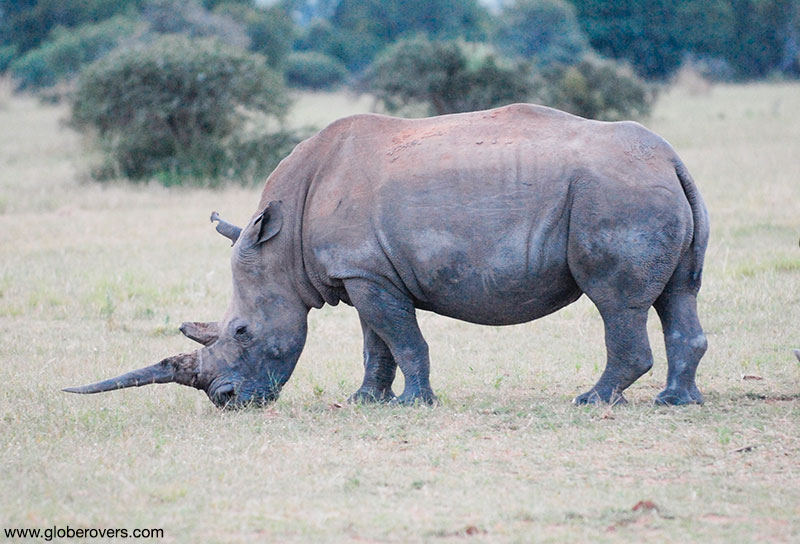
The Thali Thali Game Lodge, another reserve close to Langebaan, boasts a wide range of game like kudu, oryx, giraffe, sable antelope, eland, zebra, springbok, black wildebeest, duiker, bontebok, steenbok, ostrich, dromedary camel and emu.
The coastal towns in the region are known for their rocky and sandy bays, beaches and abundance of seafood. Kitesurfing, windsurfing, surfing, sea kayaking, diving, angling, whale watching, bird watching, and hiking are very popular and available in most of the villages, except Vredenburg which is inland. The flora in the area is a sight to behold in spring.
We will start in Paternoster and then travel to Tietiesbaai. For a review of a few other towns and villages along the coastline of the peninsula, please read the full article in GlobeRovers Magazine, December 2018.
Paternoster – Quaint, Artistic Fishing Village
Paternoster is a quaint little village. Unspoiled, it is well-known for its lobster and fresh fish that comes in on boats daily. At the Paternoster Fish Market, located on the beachfront, you can buy fish or bokkoms and photograph fishermen and colourful fishing boats going about their daily business.
Most people fall in love with this village the minute they arrive. It is a fishing village and has a typical West Coast feel with its white cottages and verandas made from wooden poles.

Legend has it that many years ago a Portuguese vessel was shipwrecked off that stretch of coast and the survivors said the Lord’s Prayer, known as “Our Father” or “Paternoster”, in thanks for their deliverance from a potential watery grave. This is how the town got its name, although there are other interesting theories too.
I stayed at Salt & Sand in Paternoster, a self-catering unit that I absolutely loved. Sally, the owner, is delightful and very knowledgeable about the area.

Paternoster attracts the arty people, and so no prizes for guessing that it has an art route. Walk the route, view extraordinary artworks, and meet the artists. There are presently eight art galleries to visit.
Beach buggy rides and horse riding can also be arranged in Paternoster or join the Pilates or yoga classes.

Paternoster occasionally has petty, opportunistic crime, like the theft of cell phones and wallets. Lock your cars and close doors and windows when you leave your accommodation. This should be the norm anywhere in South Africa anyhow.
Tietiesbaai – Lighthouse, Desolate Coastline and Cape Columbine Nature Reserve
From Paternoster, take a drive along the coast to Tietiesbaai with its lighthouse and camping grounds. This delightful little bay can only be accessed from Paternoster. I would have loved to swim there, but the water was too cold. When you visit, or better still camp here, you will understand why.
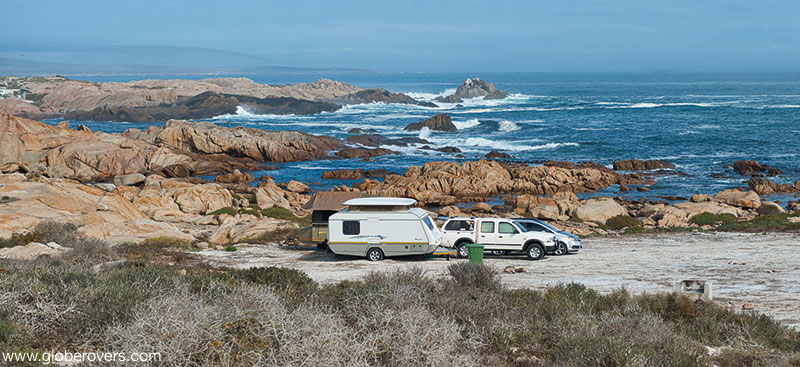
Tietiesbaai and the Cape Columbine Lighthouse lie in the Cape Columbine Nature Reserve.
In Afrikaans, “tietiesbaai” literally translates as “boobies bay”. So, with that explanation behind me, I can continue in a ladylike manner. I must first confess, though, that the first time I heard the name I thought it was a nudist beach. It isn’t, although you may often be the only person there, and might be tempted to prove me wrong.
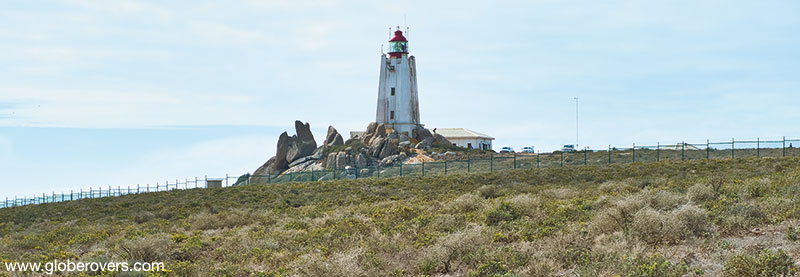
It is speculated that the name came from the Frenchman Jacques Titius, a colonial trader. However, there is a very large rock that rather resembles “one of a pair”, and judging by the spelling of the name, I am inclined to believe the latter.
The lighthouse is one of the last manned lighthouses on the South African coastline and offers interesting guided tours.

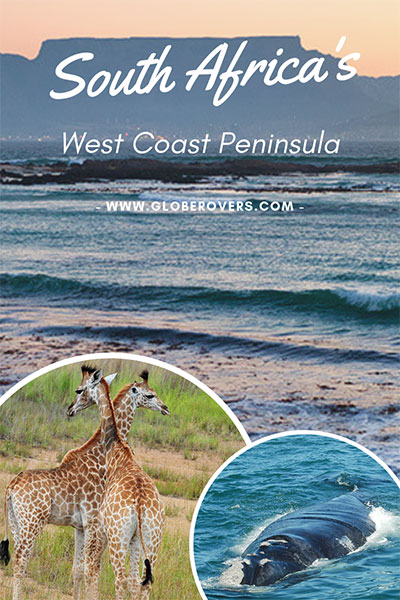
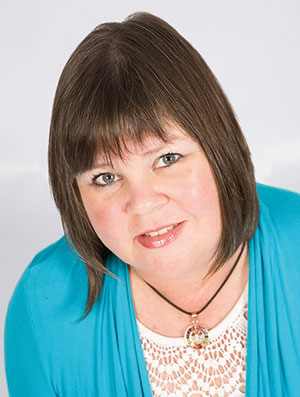
Janet-Lynn is a numerologist by profession, and journalist, editor and photographer by hobby. She is the proud mother of three grown children and granny to three grandchildren.

